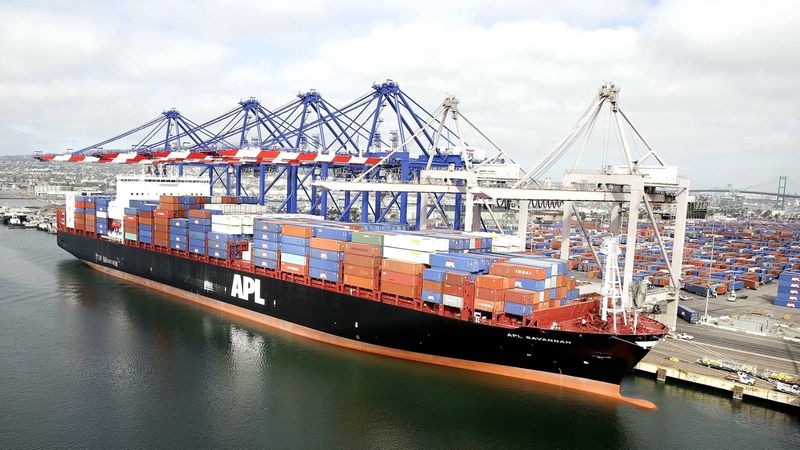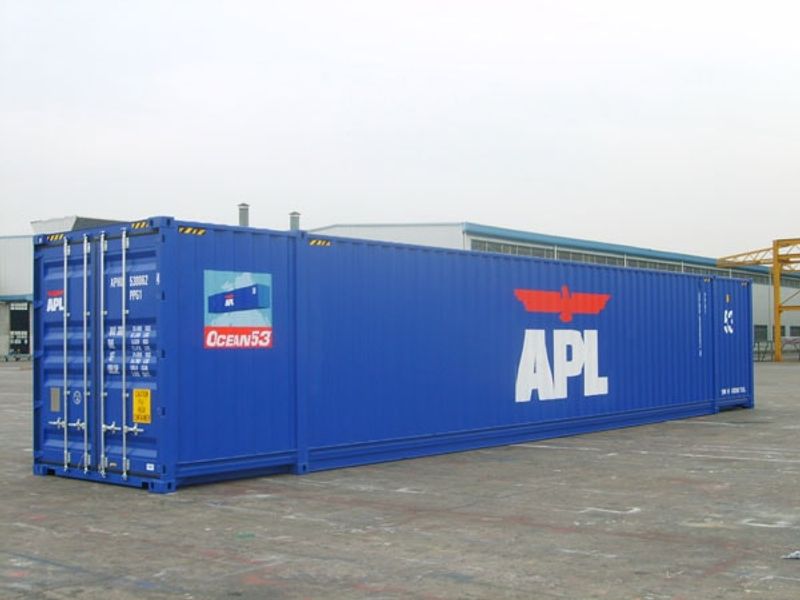APL Bill of Lading Tracking
Track your APL bill of lading easily
Are you sure to clear all of your tracking history?

APL Bill of Lading Tracking
The bill of lading is a document and evidence of delivery of the cargo to the shipping line. After delivery of the full loaded containers to APL shipping line, the shipping company will issue the bill of lading based on a procedure. Having this bill of lading (BL) number, you can easily track your cargo via APL bill of lading tracking on Visiwise.
About APL
APL, one of the world’s leading ocean carriers, offers more than 120 weekly services and call ports in over 70 countries worldwide.

APL is part of the CMA CGM Group, a leading worldwide shipping group founded in 1978 by Jacques R. Saadé. CMA CGM has a global presence thanks to its numerous vessels calling various ports all over the world.
With 170 years of experience, APL has the knowledge and expertise to help our customers grow their businesses and negotiate in an increasingly complex and ever-changing global marketplace – whether that is venturing into new territories or growing in already developed markets.
| Founded | 1848 |
| Headquarture |
Rockville, Maryland, USA Singapore |
| Vessels | 153 vessels |
| Employees | 5000 |
| Website | www.apl.com |


FAQ
What is bill of lading tracking?
bill of lading tracking refers to the process of monitoring and tracing the movement of shipping containers from their origin to their destination. It involves the use of technologies such as GPS, RFID, and data communication networks to provide real-time or near real-time visibility into the location and status of containers.
Why is bill of lading tracking important?
Generally, bill of lading tracking offers a range of benefits, including enhanced supply chain visibility, improved operational efficiency, timely delivery, risk management, customer service, and compliance. It empowers businesses with the necessary information to optimize their logistics processes, make informed decisions, and ensure the smooth and secure movement of goods throughout the supply chain.
Who uses tracking tools?
Various stakeholders use bill of lading tracking tools, including shippers, consignees, freight forwarders, logistics providers, and customs authorities. These tools enable them to track and monitor containers throughout the supply chain.
How can users find APL tracking numbers?
To find a APL tracking number, users typically receive it from the shipping company or logistics provider when they book their shipment. It is usually a unique alphanumeric code assigned to each container. Users can also find the tracking number on shipping documents, invoices, or through online platforms or mobile applications provided by the shipping company.
What kind of data users get after bill of lading tracking?
After bill of lading tracking, users can obtain a range of data depending on the tracking system and service provider. Shipup provides you the Arrival and Departure, Location and Vessel Tracking, route, Movements (Milestones), Port and Terminal, and Rail Data.

